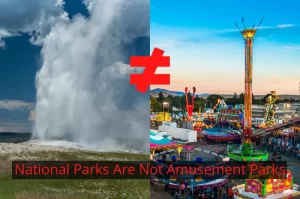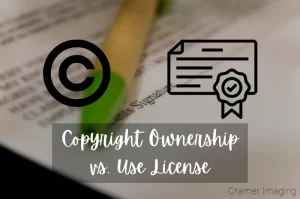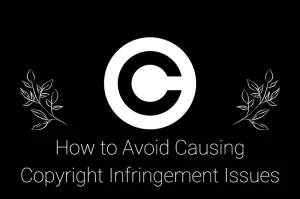Now that summer is beginning, so are the vacations and day trips. Out come the cameras for some fun or more serious photography aspirations. While it can be fun to pull out your camera for the wide variety of shots which can be available, make sure that you don’t become a nuisance photographer or violate any laws while shooting. Today, we’ll discuss some ethics and etiquette for outdoor photography.
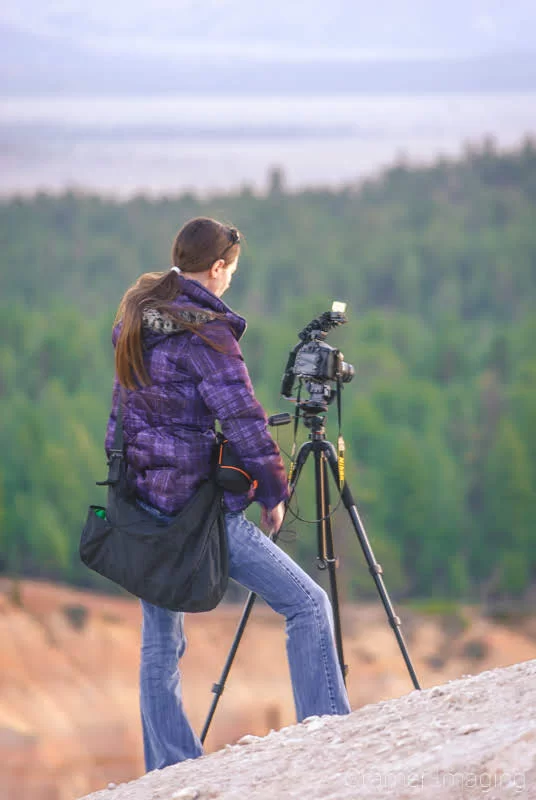
Photography, just like any other field, has it’s “dos” and “do nots” when working outside. There are ethics and etiquette which guard and define the field. Failure to follow those rules can get you branded as “one of those photographers” or worse it can land you in jail.
Being a nuisance or “one of those photographers” is an easily avoidable issue. Making sure that you don’t end up arrested and facing charges is also an easily avoidable problem to solve. The answer is to simply follow some basic outdoor ethics and etiquette in general and specifically for photographers.
Ethics and etiquette in outdoor photography are important too. Some of these ethics include obeying laws, abiding private property notices, and being respectful of others. It all matters.
So, now that we’ve established that there are rules for shooting photos while outdoors, what are these rules so that we can avoid unnecessary and inconvenient jail-time?
Obey Posted Laws and Rules
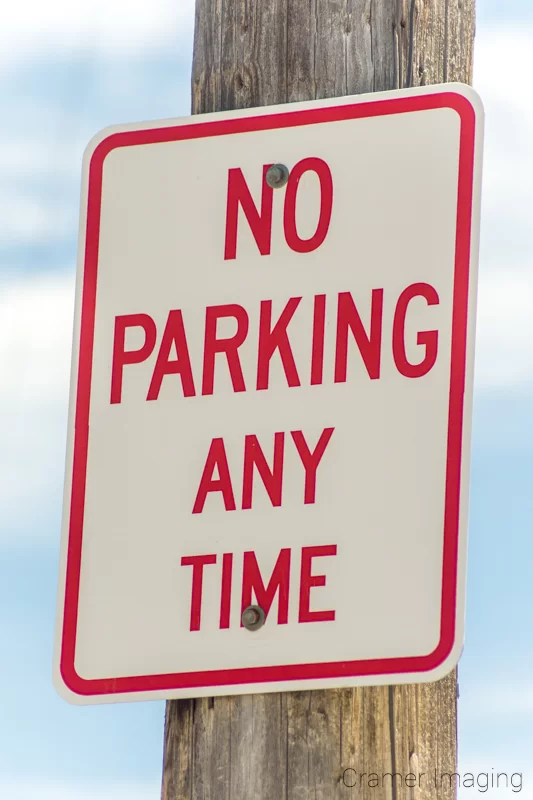
First and foremost, you must obey the law and the rules of the area. If you don’t obey the law, you risk jail-time. If you don’t obey the rules of the area, you can be asked to leave, kicked out and told not to return, or face jail-time depending upon the severity of your misbehavior.
Many of those rules and forbidden areas are in place because someone got hurt or died. Therefore, the area is not safe for you to enter. This is true for many caves and cliffs. Fences are also there for a reason.
Some of the posted rules may involve whether or not you can use a tripod or a drone in the area. If forbidden, don’t risk it for a shot which might or might not work. You can always come back and try again if you don’t get the shot but obey the rules while there.
If you need a permit for certain equipment you wish to bring or to go to a certain area, make sure that you have it with you just in case. Some permits must be carried on your person in order to be valid.
Basically, if you shouldn’t be there, don’t go. If you shouldn’t do it, don’t. Asking forgiveness is not better than asking permission in this instance.
Mind Private Property Rights
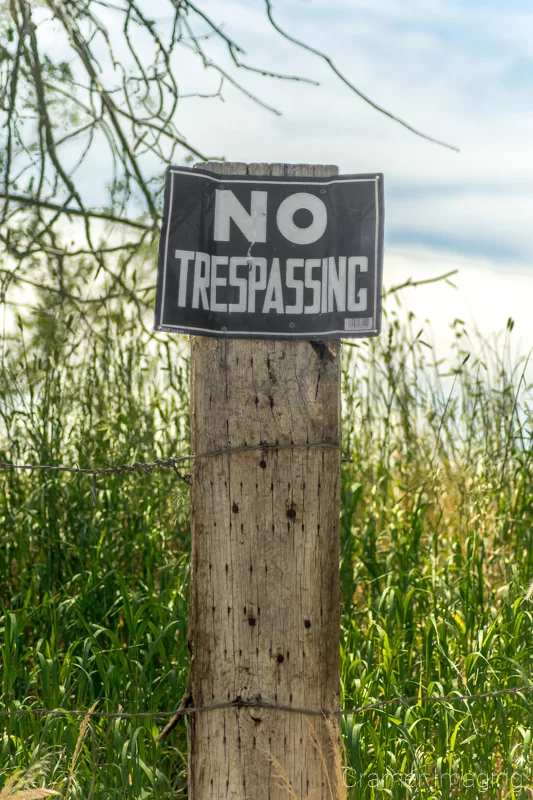
Next, you need to remember private property rights while you are out with your camera. We see the signs all over the place saying “Private Property | No Trespassing.” Do we actually mind the wishes of the owners? If we don’t we can face an arrest for trespassing and some legal issues from that. Some property owners aren’t afraid of threatening or using violence either.
We need to make sure that we have permission from the property owners before venturing onto their property or taking photos of their property. Remember that private property rights extend to animals, cars, and other forms of chattel as property too.
While most people are fine with you photographing their property from a public area, like the road, some are not. Some will get downright belligerent in your face if they see you pull out your camera and point it in the direction of their property. I had a classmate who had this happen to her while photographing an interesting mailbox. You never know who these people are until it’s too late. Get permission first and respect it when they say ‘no.’ The legal consequences of ignoring this could be bad.
If the property owner adds conditions to your presence on his/her property, you should mind them. If he or she doesn’t want your car or your pet on his/her property, it would be in your best interests to oblige or go elsewhere. The property owner has his/her reasons. You don’t have to like or agree with them but you must follow them for access.
Leave It How You Found It

As photographers, somewhere in us is a bit of an outdoor enthusiast or else we would not be chasing photos outdoors. I don’t care if you are into wide, sweeping landscapes, close-up or macro nature photography, or wildlife photography, we came outside with our cameras for a reason. This places the burden upon us to make sure that we don’t destroy things for those who will come after us.
Sometimes, we find a situation where if we just got rid of that twig, we would have a great shot. However, we really should try avoiding changing the area when setting up our shot. The idea is to make it so no one knows we were even there save for a few footprints perhaps.
Instead of breaking off the twig right away, is there a slightly better angle which you can set up your tripod in which will remove the annoying thing from the camera’s view? Take a minute or two to scope out the area. There might or might not be but, if you don’t try, you won’t know.
Don’t leave your trash for others to deal with. You know well that it can ruin the view. If you’re on private property with permission, don’t be rude and leave garbage. It’s a sure fire way to make sure you never are invited to return again.
If you would like to read up some more on the importance of leaving things where you found them, check out this article we wrote on the importance of “Leave No Trace.”
Respect Other Outdoor Enthusiasts
When out in the field, you are bound to run into other people from time to time. There is a certain line of respect which you must exhibit. There are also certain lines which you do not cross.
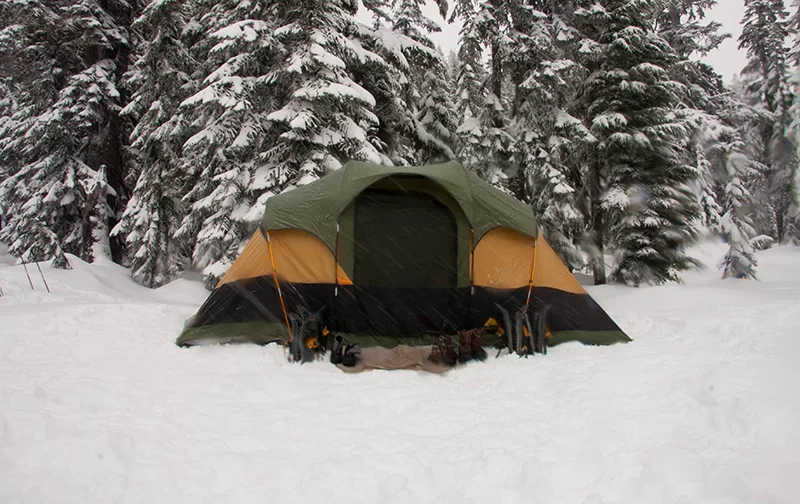
Don’t enter their campsites without permission. Doing so is just as bad as entering their house without permission. If you can get permission, that’s one thing. If you can’t or can’t find the owners to ask, then don’t enter at all.
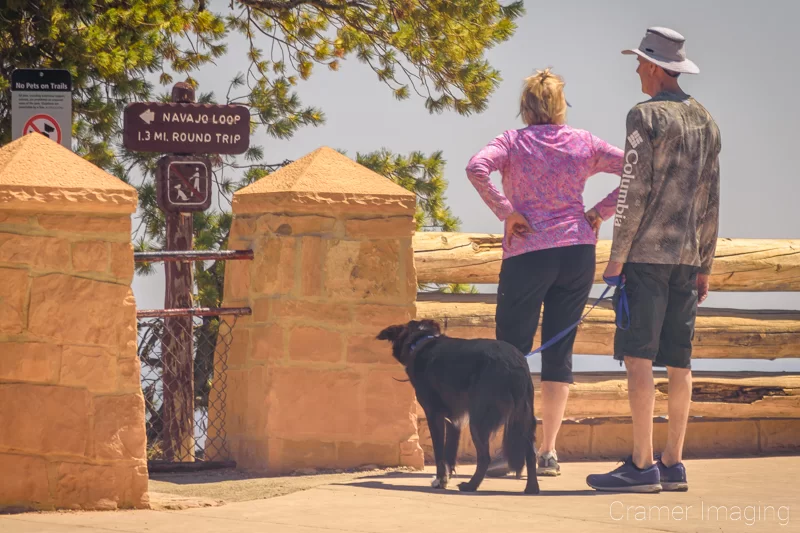
Also, you might run into people at the location you want to shoot. If you want to take a picture of them, you had better make sure that the individual is not recognizable in any way, shape, or form. Your better plan of action is to ask permission before taking your photos.
Be Respectful of Other Photographers
I know that breaking off a twig seems like a really trivial little matter in the scheme of capturing the perfect photograph outdoors. How about whether or not you scare off the wildlife with your noise or your pet’s noise? This can be an especially devastating problem to wildlife photographers.
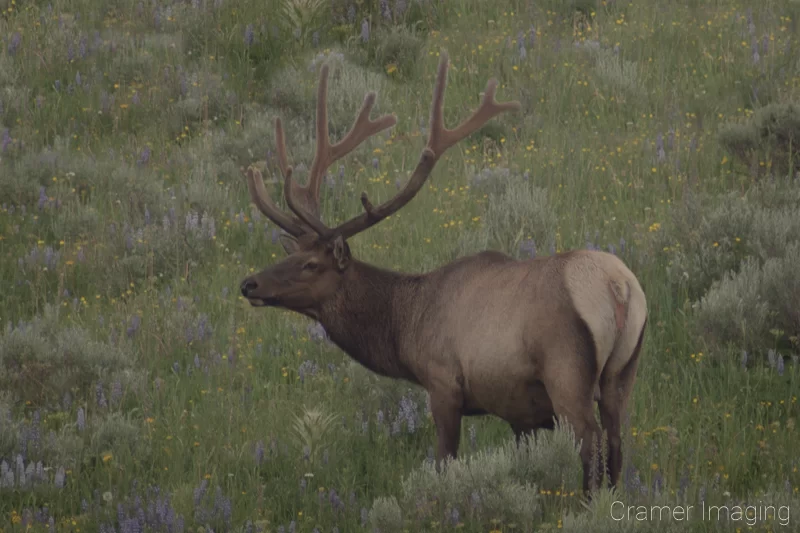
Have you also considered how annoying it is to have another photographer present who is hogging access to the entire scene? This is especially bad during small windows of perfect lighting.
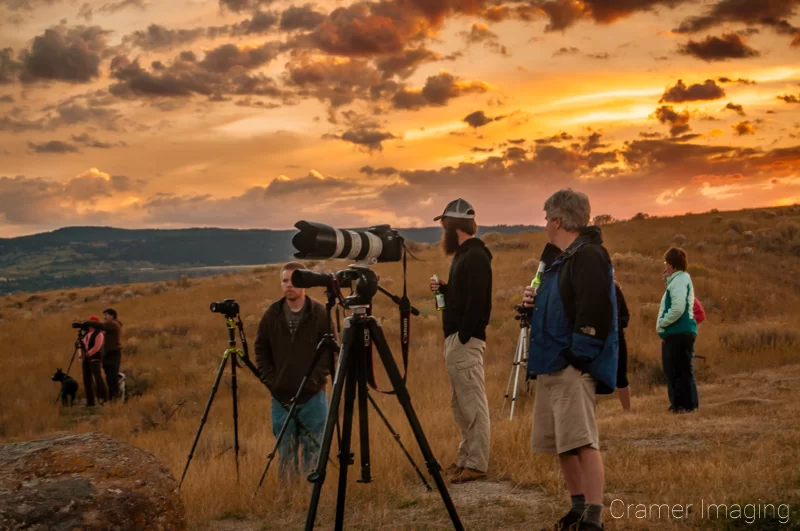
Just because the light is beautiful and the scene in front of you is amazing does not give you the right to block another photographer’s camera view. Most photographers are considerate that way but occasionally there is that one which needs to learn this. Don’t be that guy. There’s plenty of room most places for you and others to get the shot you want without being rude.
Conclusion
The ethics and etiquette of outdoor photography is simply a matter of being considerate, respectful, and law-abiding to others (including property owners) and the environment. If you mind these tips, you and those you are with will have a much more enjoyable photo shoot in the great outdoors.
Have any stories of photographers behaving badly while you were out on a nature photo shoot? Have any more ethics or etiquette which we missed? Share them in the comments below.

